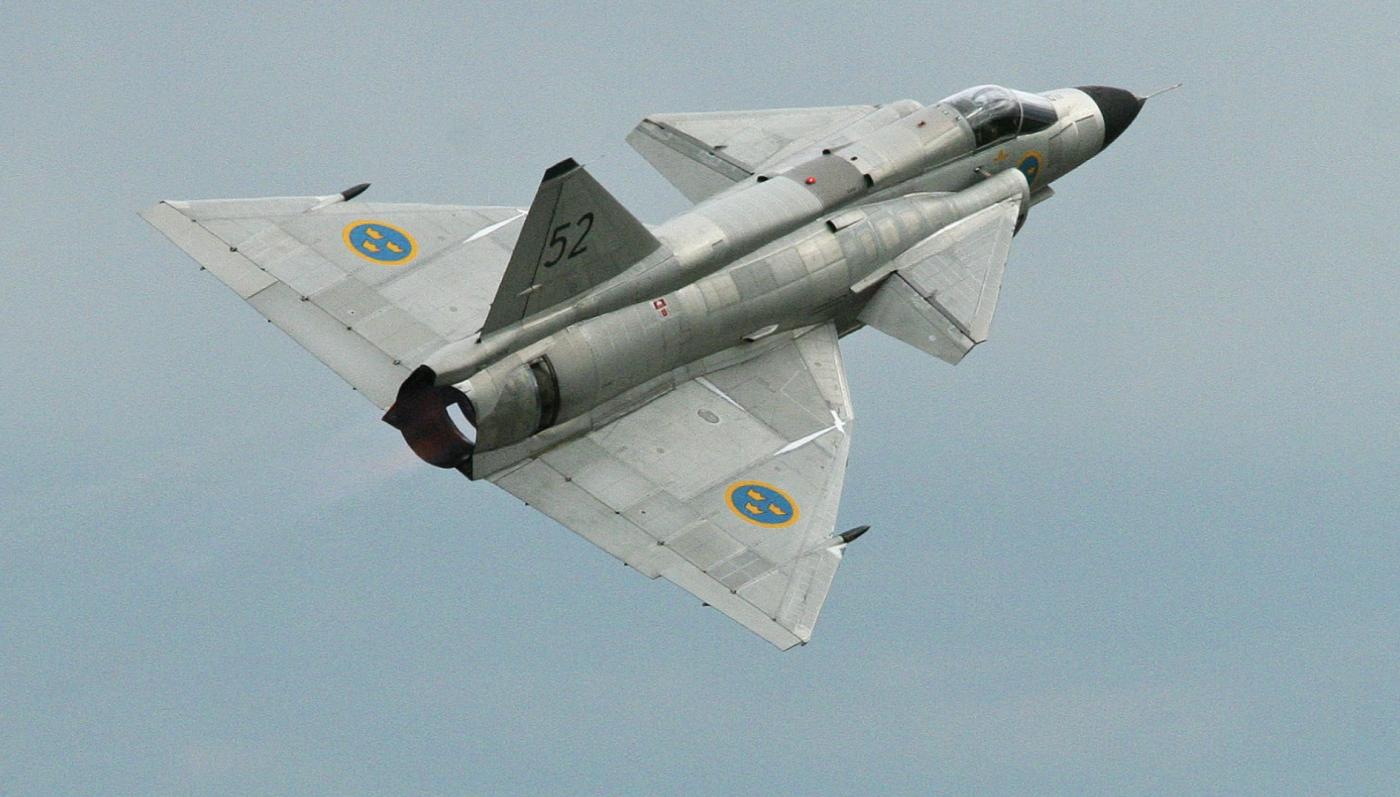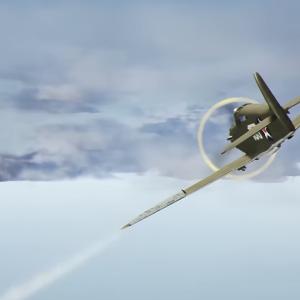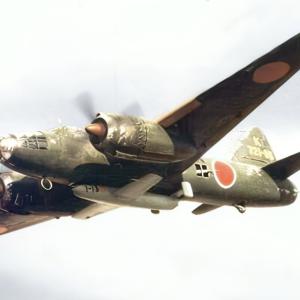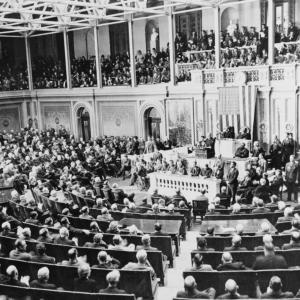
Saab Viggen 37
The Saab 37 Viggen was one of the most distinctive and advanced fighter aircraft of its time, designed and built in Sweden during the height of the Cold War. Conceived as a multi-role combat platform capable of interceptor, strike, reconnaissance, and maritime missions, it stood out for its innovative design choices that set it apart from contemporaries. The program was developed by Saab AB, Sweden’s primary aircraft manufacturer, with input from the Swedish Air Force (Flygvapnet) and government support. The chief designer, Erik Bratt, led a team of engineers who ensured the aircraft could operate effectively from Sweden’s unique military infrastructure, including short, dispersed runways and even highway stretches usable in wartime. First flying in 1967 and entering service in 1971, it represented a leap forward in Swedish aerospace capability and underscored the nation’s determination to remain militarily self-reliant.
One of its defining features was the canard-delta wing configuration, a layout that provided excellent short takeoff and landing performance. The canards were part of an integrated aerodynamic solution allowing takeoff from and landing on runways as short as 500 meters, a vital requirement for Sweden’s dispersal strategy. Power came from the Volvo RM8 turbofan engine, a Swedish-built development of the Pratt & Whitney JT8D civilian engine, fitted with an afterburner and thrust reverser. This powerplant gave the aircraft a maximum speed of around Mach 2 at altitude—roughly 2,120 kilometers per hour—and an operational ceiling of about 18,000 meters (59,000 feet). The thrust reverser allowed rapid deceleration on landing, essential for operations from improvised airstrips. The avionics were ahead of their time, with one of the earliest digital computers fitted to a frontline combat aircraft, enabling advanced navigation and weapons delivery.
The type entered service in several mission-specific versions. The AJ 37 was the initial strike fighter, designed for ground attack and maritime strike. The SF 37 served as a photo-reconnaissance platform, carrying specialized cameras, while the SH 37 focused on maritime patrol and anti-ship warfare. The later JA 37 variant was optimized for air defense, fitted with a more powerful engine, improved radar, and air-to-air weaponry. All shared a high degree of parts commonality, simplifying maintenance and production. The airframe was built entirely in Sweden, with Saab responsible for major structures, and companies such as Ericsson supplying radar and electronics, ensuring full domestic control over production and support.
Operationally, the Viggen was flown only by the Swedish Air Force. It was never exported, partly due to Sweden’s strict arms export policies and because the design was tailored to national defense needs rather than global sales. From the early 1970s until the arrival of the JAS 39 Gripen in the late 1990s and early 2000s, it was Sweden’s primary combat aircraft. Throughout its service, it played a crucial deterrent role, with pilots training for both air-to-air and air-to-ground missions in line with the nation’s defensive doctrine.
Its weapons load was versatile. In the strike role, it carried Rb 04 and later Rb 15 anti-ship missiles for engaging enemy vessels, as well as bombs, rockets, and the Rb 05 air-to-surface missile, which was manually guided by the pilot. In the air defense configuration, armament included the Rb 71 Skyflash medium-range radar-guided missile, the Rb 24 and Rb 74 infrared-guided missiles, and an internally mounted 30 mm Oerlikon KCA cannon. This mix allowed it to transition between missions quickly and effectively.
The aircraft served for over three decades, a testament to its robust design and adaptability. Although never used in combat, it was a constant presence in Scandinavian skies during a tense period in European history. Its retirement marked the end of an era, as it was the last major Swedish combat aircraft developed entirely without foreign partnership. Today, preserved examples in museums and private collections stand as reminders of Sweden’s determination to maintain an advanced air force on its own terms, and of an aircraft whose speed, high-altitude performance, and innovative engineering continue to command respect.










